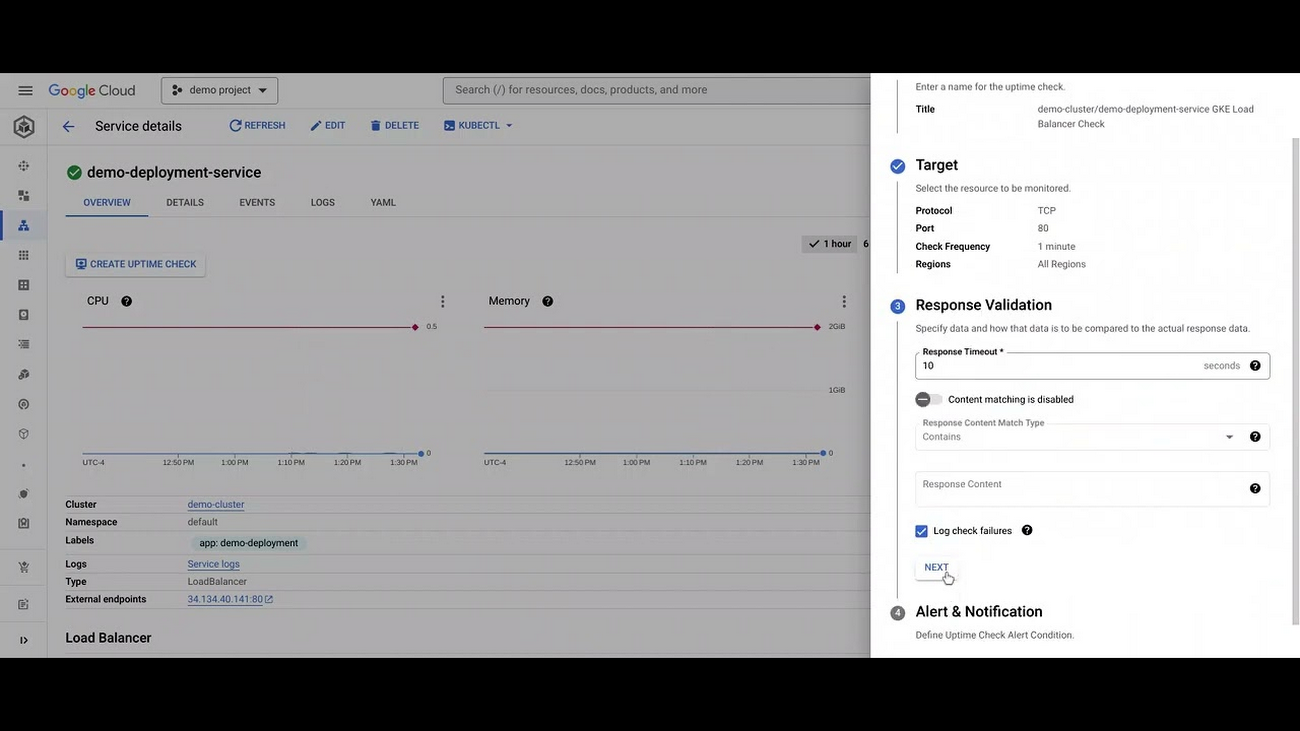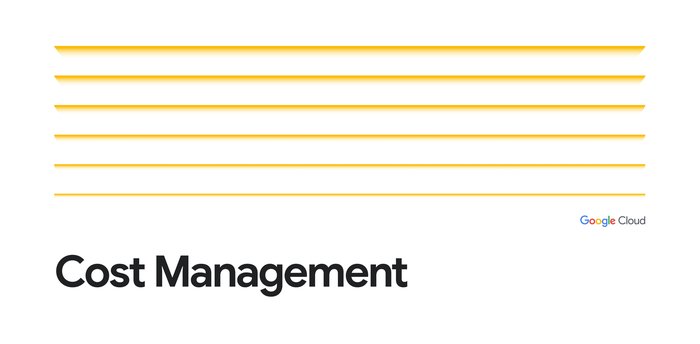Enriching GKE observability-in-context with uptime checks
Jeffrey Durelli
Software Engineer
Following the successful launch of Uptime Checks for Google Kubernetes Engine (GKE), we are now pleased to announce the availability of the uptime checks creation and management experience directly in the GKE user interface.
The uptime check capability offered by Cloud Monitoring is a simple yet powerful observability tool to monitor an application's availability and performance on an on-going basis. It’s essentially a pulse check for a system and is often the first to detect impending issues. Using uptime checks can proactively detect availability and latency issues with an application and reduce the time and severity your users are impacted by an outage. Uptime check can validate if the response code from your application is as expected, and also the latency of your service from different regions. Uptime checks can further inform your SLAs and SLOs, and track your service’s health over time. SREs at Google use uptime checks as an important part of their daily routine.
With this launch you can now easily create, manage, and monitor an uptime check for a Kubernetes External LoadBalancer without leaving the GKE UI.
Uptime checks for GKE services
A GKE LoadBalancer uptime check associates a service load balancer directly with an uptime check, ensuring that it is managed dynamically. If the underlying network for a service changes, the uptime check changes with it, making it easy to correlate the uptime failure with the impacted service. In addition to the status of the GKE LoadBalancer, the availability and average response time are also captured, giving you greater insights into the end user experience.
You can also set up alert policies based on your uptime checks, allowing your SRE or Ops team to be notified of a meaningful issue that’s impacting your service. Once notified, you can jump straight into the associated GKE Dashboard to better isolate the root cause.
Creating a new uptime check
To get started, you can head to Kubernetes Engine > Services & Ingress and select the Kubernetes External Load Balancer Service that you want to manage. If the Load Balancer Service does not already have an associated Uptime Check, you will be able to launch the side panel by clicking “Create Uptime Check”.

More information
Visit our documentation for managing uptime checks, where you can get additional information and step-by-step instructions for creating your first uptime check.
Lastly, if you have questions or feedback about this new feature, head to the Cloud Operations Community page and let us know!

